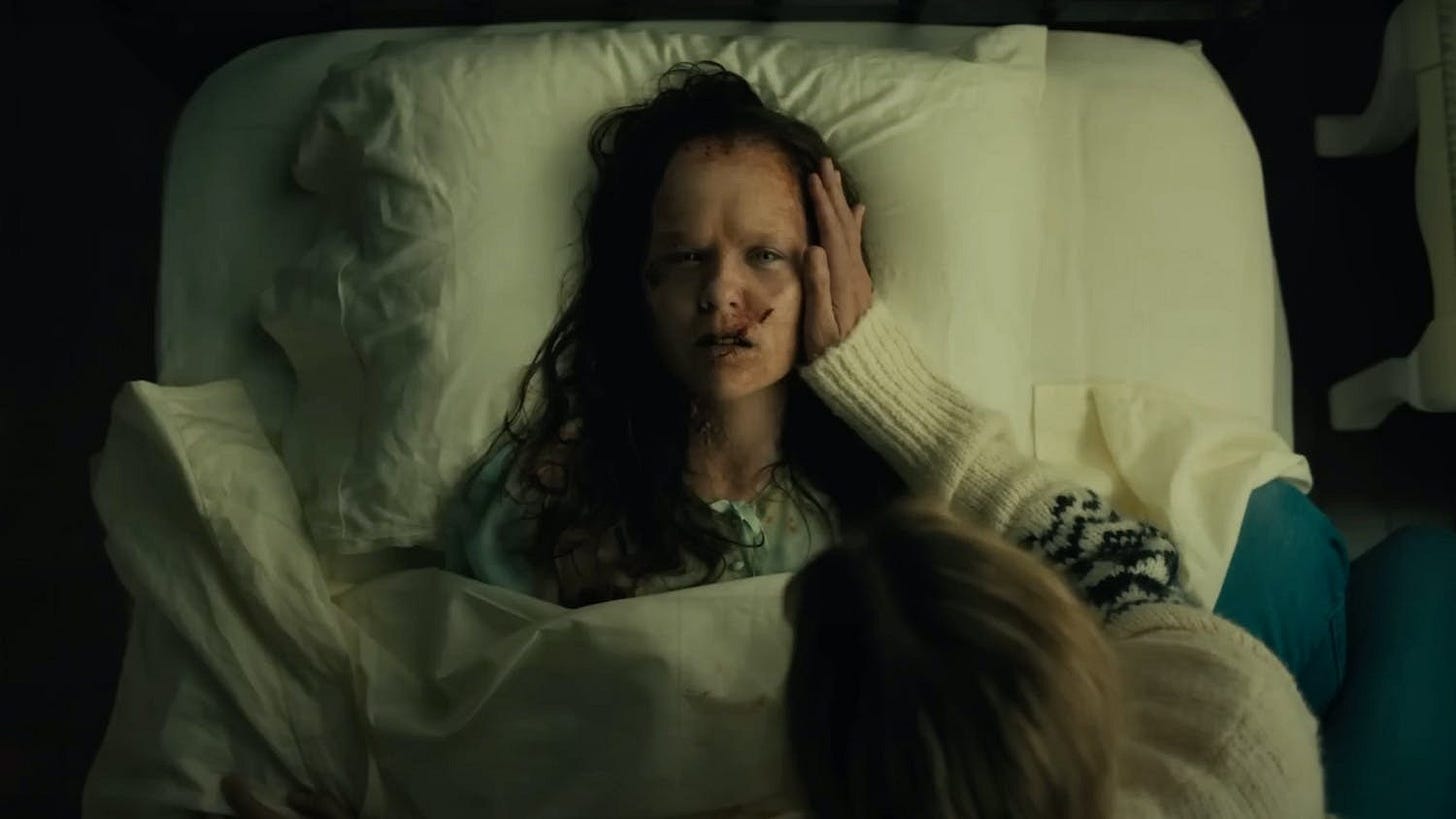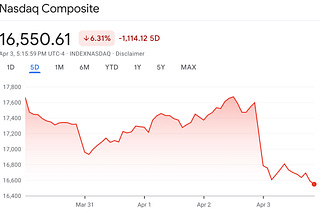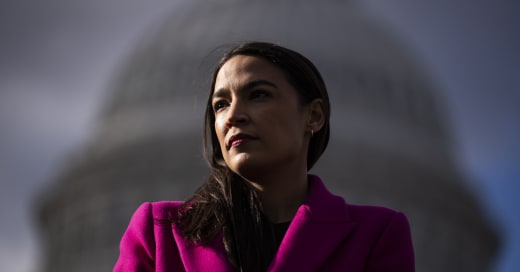
“I LIKE IT,” SAYS THE SNAKE HANDLER—huddled near the mainline Protestant, the agnostic, and the voodoo priestess—after hearing a rousing speech from a would-be nun who shows up to serve as the Catholic representative at the multifaith-jam-session-cum-exorcism that serves as the finale of The Exorcist: Believer. “It takes all kinds.”
That Universal would make a bad sequel to The Exorcist is not surprising, exactly; several such movies have already been made. My big question is why you’d make a bad movie that so aggressively ditches the foundational tenets of the original picture. Say what you will about The Exorcist, but it is a profoundly Catholic movie, taking seriously ideas about the power of faith and ancient ritual. As an agnostic myself, there’s a level on which I can’t connect with it, but I always admired what author William Peter Blatty and director William Friedkin were going for.
The Exorcist: Believer ditches all that Catholic mumbo-jumbo for different varieties of mumbo-jumbo, and in so doing ditches much of what makes The Exorcist (and, to a somewhat lesser extent, The Exorcist III) work. Interestingly, director and co-writer David Gordon Green maintains much of the structure of the original picture, and it’s here you can kinda-sorta see what Green and his creative compatriots are up to.
The film opens in Port Au-Prince, where dogs with vicious, snapping jaws fight on the beach while Victor (Leslie Odom Jr.) and his very pregnant wife Sorenne (Tracey Graves) are taking one last vacation before their daughter, Angela, arrives. Tragedy in the form of an earthquake strikes. Sorenne dies, and 13 years later we find Victor and Angela (Lidya Jewett) living in Georgia. Angela and her friend Katherine (Olivia Marcum) head off into the woods after school one day to do a little light spirit summoning, they go missing, and, three days later, both reappear much worse for the wear. Their faces mottle; their flesh deforms; their eyes roll and they speak in vulgarities. Pazuzu (or one of his friends, I guess) is back and ready to claim some souls.
Desperate for help, Victor turns to Chris MacNeil (Ellen Burstyn), the actress-turned-advocate-for-families-of-the-possessed who explains to him that all cultures have exorcism ceremonies and it doesn’t really matter what you believe so long as you believe in people, man. You just gotta have faith (but not, like, real faith).
Again, structurally, the film more or less calls to mind the original: Swap in Haiti for Iraq; a harried single father for an overworked single mother; and Ellen Burstyn for Max von Sydow, and you basically have the same movie. Another film it calls to mind: David Gordon Green’s recent Halloween (1978) sequel Halloween (2018), which ignored several sequels while calling a veteran heroine back into service to stop an ancient evil from claiming more victims, all in service of giving said heroine closure and, importantly, giving audiences some of those all-important memberberries.
Sequels wallowing in nostalgia are not new, of course, but there is something especially decadent, in the Douthatian* sense of the term, about Halloween (2018) and The Exorcist: Believer. It’s not just that the two series brought old characters back for one last fight; it’s that the sequels are, in a very literal sense, reinserting themselves back into their respective cinematic timelines in ways that aim to provide viewers with complacent comfort.
Green is not the only offender in this regard; there’s another legacy sequel in theaters as we speak, Saw X, that does something very similar. Having understood that the series went rather severely off the rails with the death of John Kramer (Tobin Bell), aka Jigsaw, Saw X aims to set that right by placing the action in between the first and second film and making Kramer the main character rather than a shadowy villain. A mid-credits scene suggests that more inter-film sequels are in the offing; Lionsgate’s just going to cram prequels into the nooks and crannies of the Saw-niverse as long as they can, I guess. Maybe they learned it from Disney, who used the same trick with Mandalorian and Ahsoka, jamming those Disney+ programs between Return of the Jedi and The Force Awakens rather than trying to build off of the dumpster fire of the sequel trilogy.
Originality still exists in the world of horror, of course; just look at recent successes like Smile, Barbarian, and Talk to Me. It’s the only genre where you can make something for cheap and still get a huge ROI. But the big horror franchises resemble an ouroboros, the head of modernity constantly consuming the tail of the past.
“It takes all kinds,” the snake handler said. They’re words that most of our big horror franchises should pay heed to. We’ve gotten much too much of the same in recent decades.
*In his book The Decadent Society, Ross Douthat notes that the trend of endless repetition “is at its most extreme in the film industry, where the economics of the business depend increasingly on the constant recycling of famous properties that originated as mass-market entertainments between the 1930s and 1970s.” The Exorcist: Believer is a perfect example of this phenomenon: Universal paid $400 million for the right to make a trilogy because the original grossed more than a billion dollars domestically, adjusted for inflation. That Halloween (2018) and the return of Jamie Lee Curtis surprised observers with a $76 million opening weekend goes a long way toward explaining the desire to bring Burstyn back for this film.
















